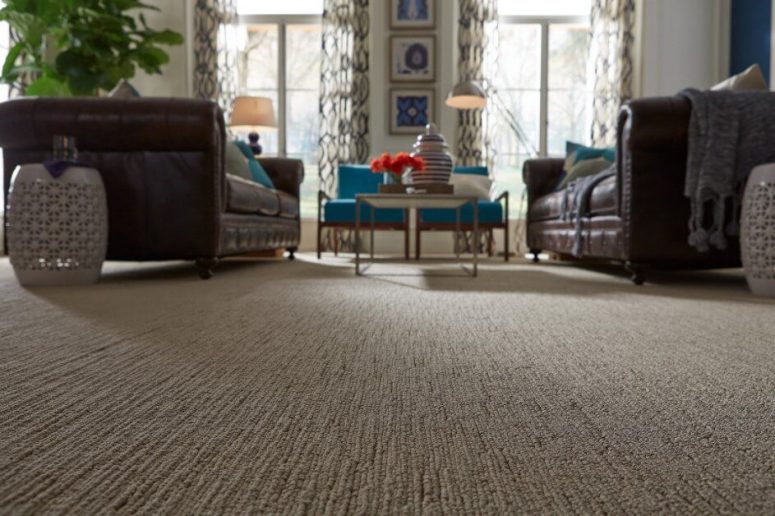Home Improvement
Tips on Purchasing the Best Quality wall to wall carpets

- Consider the material: Choose a wall-to-wall carpet that is made from a durable material, such as nylon or polyester. Avoid carpets made from low-quality materials, such as olefin, as they are prone to wear and tear.
- Check the density: When selecting a wall-to-wall carpet, look for one with a high-density rating, which indicates that the fibers in the carpet are closely intertwined and tightly packed. This will ensure that the carpet is more resistant to dirt, stains, and wear.
- Choose the right color: Be sure to pick a carpet color that complements your interior design. Make sure that the carpet color is not too light, as it will show dirt and stains more easily.
- Consider padding: For added comfort and longevity, choose a carpet with high-density padding underneath. This will provide extra cushioning and insulation, making the carpet more comfortable to walk on.
- Look for warranties: Many retailers offer warranties on Wall-to-wall carpets. Look for one that offers a longer warranty period and covers a range of potential issues, such as fading, staining, and wear.
Benefits of wall-to-wall carpets
- Comfort: Wall-to-wall carpets provide extra cushioning for your feet and make for a comfortable place to walk.
- Noise Reduction: Carpets act as a sound barrier, reducing the amount of noise that travels between rooms.
- Heat Insulation: Carpets can help to insulate your home, trapping heat and keeping your house warmer.
- Aesthetics: Wall-to-wall carpets can improve the look of any room, adding texture, color, and design.
- Safety: Carpets can provide a safer environment, reducing the chances of slipping on hard surfaces.
- Durability: With proper care, carpets can last for many years, making them a great long-term investment.
Troubleshooting Common Issues With wall-to-wall carpets
- Carpet Buckles: If the carpet is buckling or wrinkling, there are several potential causes: the carpet may have been improperly installed, the wrong type of pad was used, or the pad was not adequately secured. To fix this, the carpet and pad will need to be replaced.
- Carpet Stains: Stains can be caused by spills or dirt. To remove the stain, you can use a solution of mild detergent and water. If the stain does not come out, you may need to call a professional carpet cleaner.
- Carpet Odors: Odors can be caused by pet urine, spilled food, or other sources. To eliminate the odor, you can try using a solution of vinegar and water. You can also use a deodorizing product specifically designed for carpets.
- Carpet Fading: The color of the carpet can fade over time due to direct sunlight or UV light. To prevent fading, you can close the curtains or blinds during the day or use a UV-blocking film on the windows. You can also rearrange the furniture in the room to avoid direct sunlight from hitting the carpet. Additionally, using a carpet protector or rug pad can help prevent fading, as these products are designed to absorb and diffuse light.